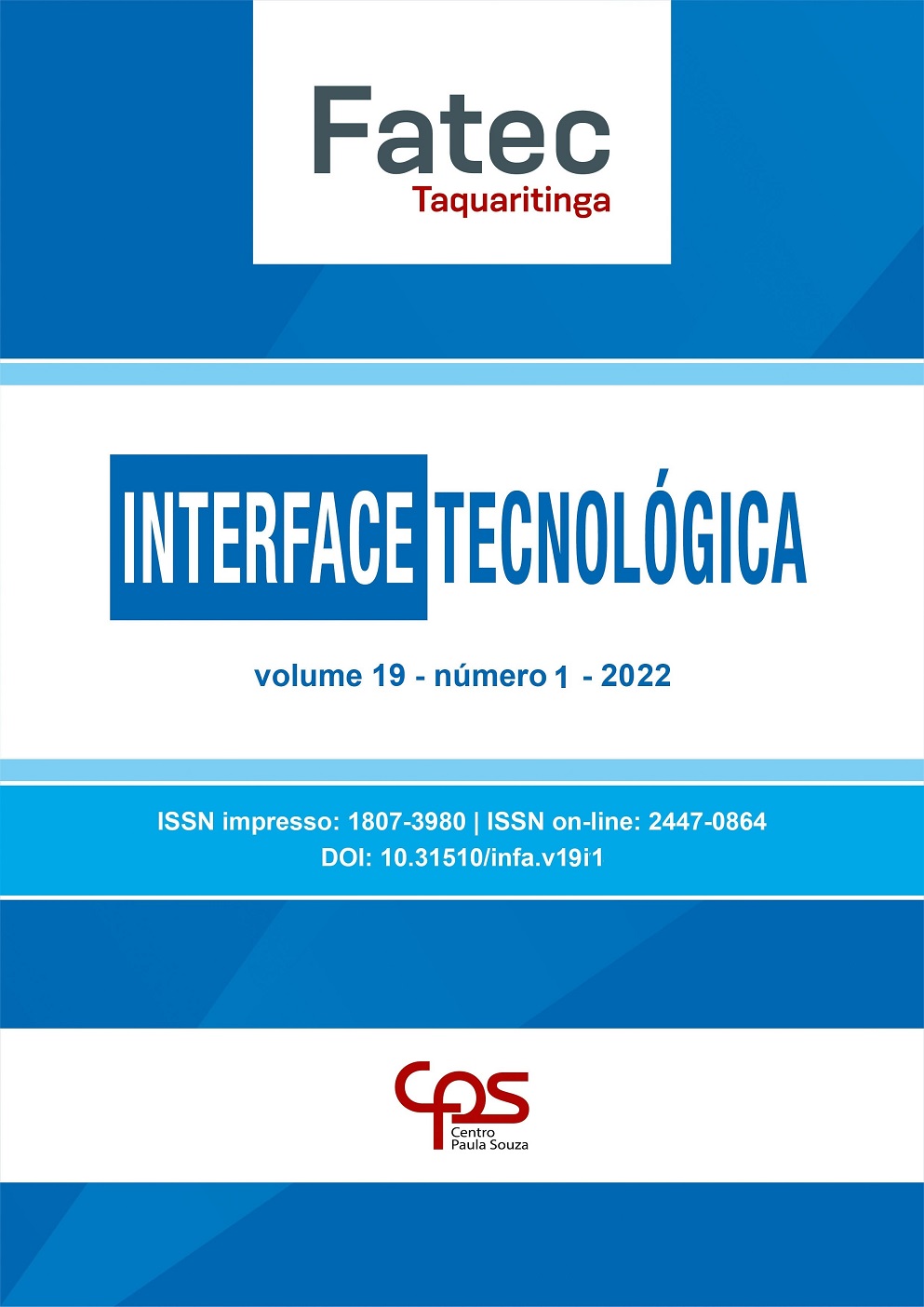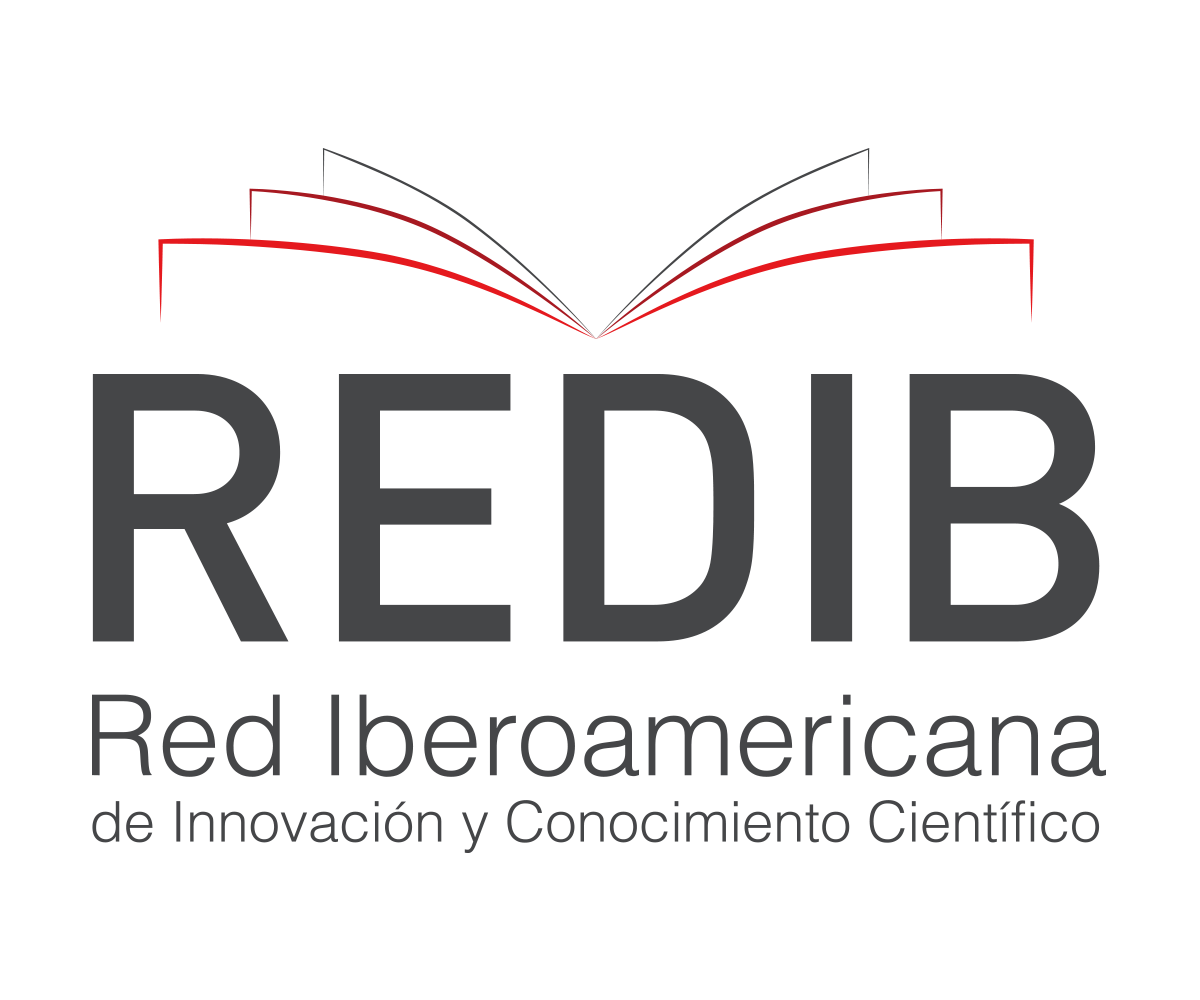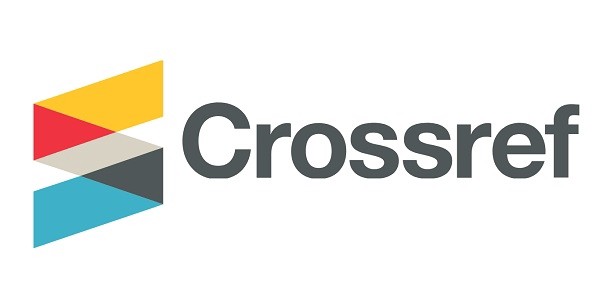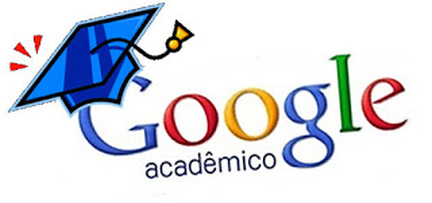SWIMMING POOL
management and feasibility
DOI:
https://doi.org/10.31510/infa.v19i1.1349Keywords:
Fish, Income, breedersAbstract
Fish meat is one of the most consumed in the world, as well as its by-products, and even though it is not at the table of a large part of the population, this segment presents a great perspective of growth for the Brazilian market, thus bringing hope of leveraging business to small producers and family farmers who produce it, not as the only and exclusive source of income, but as a second source of income and consumption, in this way this study presents a feasibility study and creation of this culture to creators and new entrants to this segment. . The objective of this study is to guide small breeders and new entrants in the fish farming segment, demonstrating its economic viability, and evidencing the necessary structure and management through bibliographic studies, in this way it is concluded that through the study has feasibility according to values studied and analyzed, denoting an authentic structure, which can be trusted.
Downloads
Metrics
References
ADRIANE, P. P. R; SANTOS, L. C; VIEIRA, P. R. Manejo alimentar em piscicultura convencional. Nutritime revista eletrônica, Artigo 109, v.7, n°2 p.1189-1196, março/abril 2010.
AMARAL, F. P; ALVARES, L; MARIA, L. A. Cultivo de peixes – ABC da agricultura familiar. Embrapa. Brasília, DF. 2006
ANDRADE, M. L. Criação de Tilápias. São Paulo: Nobel, 1989.
Boas Práticas de Manejo em Aquicultura – Itaipu binacional, instituto água viva, Presidência da República secretaria especial de aquicultura e pesca.
HELENA, R. S. A. F; MORAIS, M. Manual de criação de peixes em viveiros – Codevasf, Brasília, DF, 2019.
HELENA. R. S. A. F; MORAIS. M; REGINA. M. G. S. S; BRÁS. W. S. Manual de criação de peixes em viveiro. – Brasília. Codevasf, 2013.
KUBITZA, S, Ph, D. Manejo alimentar e nutricional, tudo o que você precisa saber. Uma publicação sobre cultivos aquáticos, Panorama aquicultura, vol.19, fevereiro, 2009.
LIMA, A; PRYSTHON, A; GUEDES, C; BERGAMIN, G; PEDROZA, M. Construção de Viveiros Piscicultura Familiar. Embrapa, Projeto Divinópolis inovação tecnológica na piscicultura familiar, 2012.
LÚCIO, G. S. C. Boas práticas de manejo na produção, aplicadas à piscicultura. Universidade Federal de Mato Grosso, Faculdade de Agronomia e Zootecnia, curso de zootecnia, Cuiabá, 2017.
LUIZ, J. R. A; SOUZA, M. N; GEDANKEN, V. Piscicultura: construção de viveiros escavados. Coleção SENAR -209 - Brasília. 2018.
MONTEIRO, Rebeca. Qual a diferença entre VPL e TIR? Caderno de Prova. 17 de dezembro de 2020. Disponível em:<https://cadernodeprova.com.br/diferenca-entre-vpl-e-tir/:> Acesso em: 27 de out. de 2021.
PAULA, A. M; MOURA, M. M. F. Piscicultura: manejo sanitário – Coleção SENAR 196, SENAR, Brasília, 2017, SENAR serviço nacional de aprendizagem rural.
PEIXE BR – Associação Brasileira da Piscultura /ANUÁRIO. Produção cresce 4,9% e atinge 758.006 T em 2019. Brasília, p.04, 2019.
PESTANA, D., Pie, M.R. & Pilchowski, R.W. (2007). Organização e administração do setor para o desenvolvimento da aquicultura. In: Ostrensky, A., Borghetti, J. R. & Soto, D. (Eds.). Estudo setorial para consolidação de uma aquicultura sustentável no Brasil. Curitiba: Grupo Integrado de Aquicultura e Estudos Ambientais.
SOUZA, M. N; Gedanken, V. Piscicultura: alimentação – Coleção Senar 263, Senar, Brasília, 2019, Serviço nacional de aprendizagem rural – Senar.
XAVIER, M. P. F; SOUZA, H. R; ARAUJO, C. Informativo comercio exterior da piscicultura – Janeiro 2021, Palmas, To, 4° edição, Embrapa pesca e aquicultura.
ZANATTA, A. S.; CARVALHO, E. D.. Pisciculturas em tanques/rede nos grandes reservatórios: visões polarizadas. Revisto Ibero Americana de Ciências Ambientais, Aquidabã, v.3, n.2, p.125 – 129, 2012. DOI: https://doi.org/10.6008/ESS2179-6858.2012.002.0008
Downloads
Published
How to Cite
Issue
Section
License
Copyright (c) 2022 Revista Interface Tecnológica

This work is licensed under a Creative Commons Attribution 4.0 International License.
Os direitos autorais dos artigos publicados pertencem à revista Interface Tecnológica e seguem o padrão Creative Commons (CC BY 4.0), que permite o remixe, adaptação e criação de obras derivadas do original, mesmo para fins comerciais. As novas obras devem conter menção ao(s) autor(es) nos créditos.
- Abstract 507
- PDF (Português (Brasil)) 339












.jpg)




1.png)
1.png)